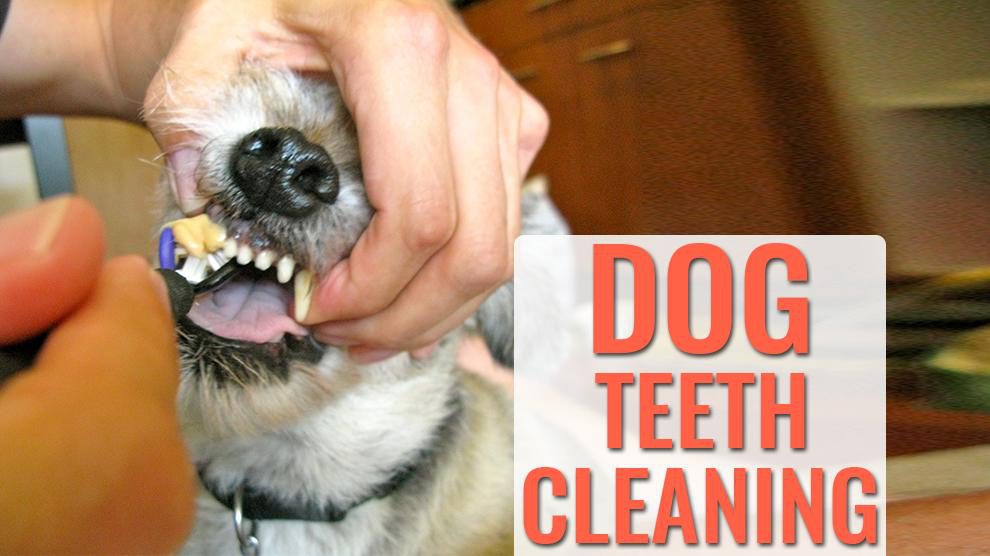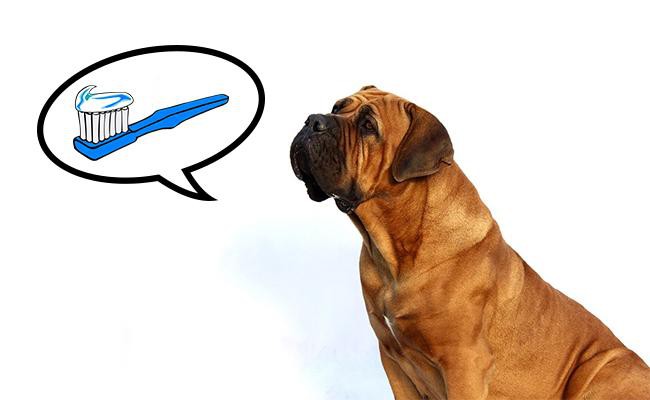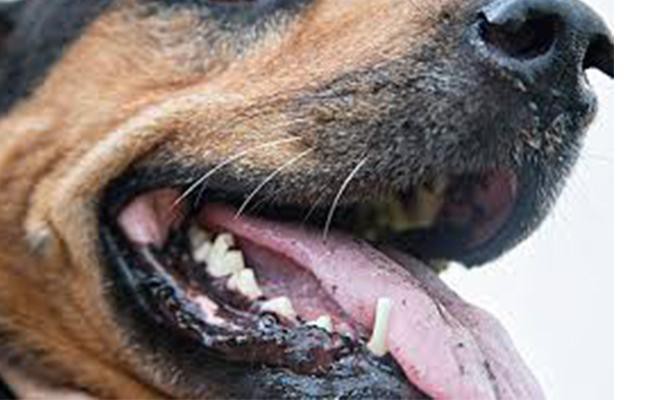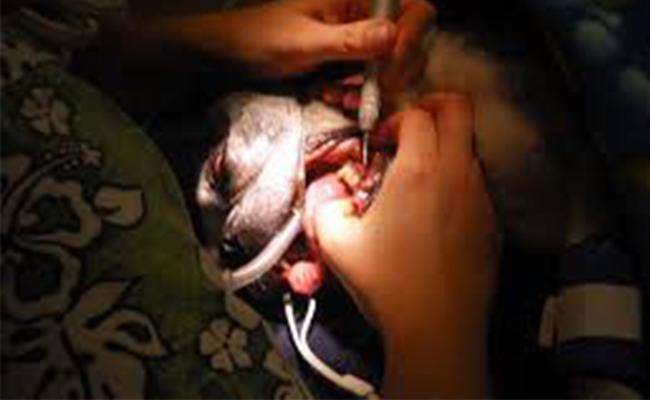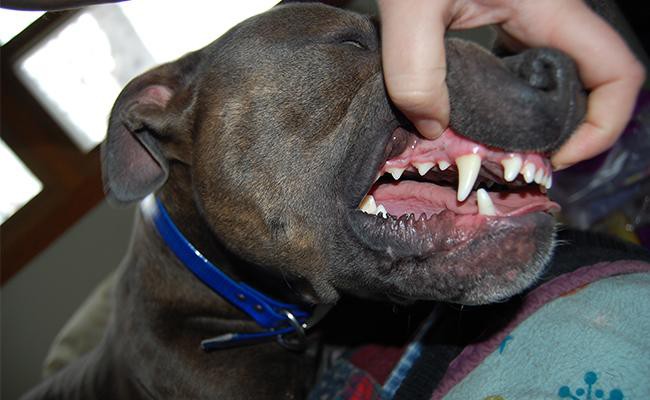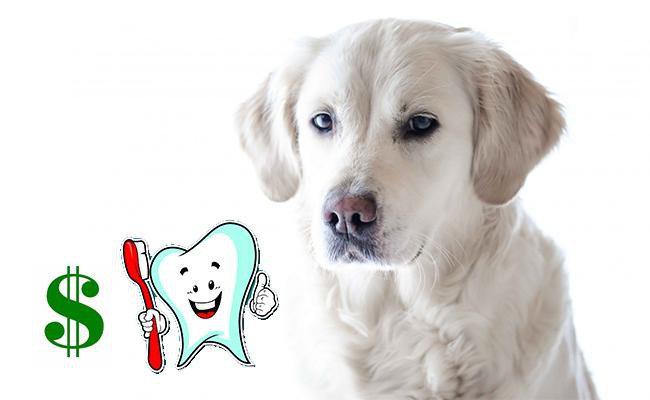Dog Pregnancy Calculator And Timeline
Have you ever brushed your dog’s teeth? If not, wake up! You need to take care of your pooch’s dental health at least from now on.
Dental issues are not only common in humans but also in dogs, too. Canines are more prone to dental problems by not keeping their teeth clean. Reports say that 80% of dogs have dental problems by the age of 3.
If you want your dog to stay healthy, dental care is of utmost importance. If dental issues are left untreated, it will lead to serious health issues. The canines may get kidney and heart problems in the later part of your dog’s life.
The first foremost and most effective dental care is to keep your dog’s teeth clean and free from bacteria. Many dental products are available in the market to keep your pooch’s tooth pearly white. But, professional cleaning is recommended for canines.
We are going to discuss in this article the necessity of teeth cleaning in dogs. Learn how often you need to clean your dog’s teeth, teeth cleaning costs, and the natural ways to clean your dog’s teeth.
Is Dog Teeth Cleaning Necessary?
Yes, you have to clean your dog’s teeth daily, as canines are also prone to dental problems at an early age. Also, a bacterial infection is the most common reason for dental issues.
Dogs get dental problems from the foods they eat, through medications, and through inflammations. So, it is vital to clean the dog’s teeth.
Causes Of Dental Issues In Dogs
Bacteria are the main cause of dental problems in dogs. It will become plaque and stick to the surface of the dog’s teeth. The plaque will become hard and turn into tartar due to the minerals in the saliva.
The tartar will now spread under the gum line and secretes toxins that can also even lead to tissue damage. The supporting tissues will also get damage due to the reaction of the immune system.
How Often Should I Clean My Dog’s Teeth?
It is advisable to get your dog’s teeth clean once or twice a year. But, the frequency of teeth cleaning depends on the dental issues your pooch has. Genetics and dog breeds also contribute to the frequency of this procedure.
When you ask us about genetics, some breeds are naturally prone to dental issues. A short list of such breeds for you!
- Crowding of teeth: Bulldog, Boxer, Chihuahua, Cavalier King Charles Spaniel, Dachshund, Yorkie, and Pug
- Deciduous (baby) teeth and late development: Maltese, Yorkie
- Enamel dysplasia: Greyhound
- Oligodontia: Shetland Sheepdog
So, dental care is an essential thing in dogs despite several causes. Apart from taking your dog to the vet for teeth cleaning, you must know when it needs immediate dental treatment.
Signs And Symptoms Of Dental Disease In Dogs
Check your dog’s mouth regularly for any dental illness. Look out for tartar buildup, which is brownish gold in color and is close to the gum line.
You can also notice the actual dental issues in your doggy through the following signs.
- Difficulty in chewing
- A loose or missing tooth
- Bad breath
- Drooling
- Pawing at the mouth
If your pooch has any one of these signs, take him to the vet as early as possible. You can also discuss with him the best course of action.
Professional Dog Teeth Cleaning
Your doggy’s teeth can stay clean with the help of a few dental care products. But, taking it to the vet for professional teeth cleaning is always a better idea!
To get rid of recurring dental issues maintain proper oral hygiene. An experienced professional must clean your dog’s teeth.
Dental prophylaxis or professional dental cleaning involves thorough scaling of your dog’s teeth. It includes close monitoring of the mouth, gums, and teeth and polishing. This procedure (without teeth extractions) takes at least 45 minutes to 1 hour.
Dogs have the naturally annoying feel while you brush your teeth. So, anesthesia will be given to your canine during this procedure as it won’t let the vet examine its mouth.
Generally, the technicians perform this procedure under the vet’s supervision. Now, let’s look at how the cleaning procedure is done.
Professional Dog Teeth Cleaning Procedure
Some of the vet clinics will take dental X-rays before beginning the procedure. These X-rays will help the vet to assess the health of tooth roots.
1. Laboratory examination: Generally, anesthesia is needed for the cleaning procedure. But, dogs having prolonged health conditions will be at greater risk of complications. So, the vets usually recommend a laboratory examination before a dental cleaning.
2. Vet’s decision on anesthesia: The vet is able to decide on giving anesthesia to your pooch with the help of laboratory test results.
3. IV catheter and injection: If the vet decided to give anesthesia to your doggy, he will place an IV catheter for fluid and drug delivery. Also, a pre-medication injection will be given to the dog to relax and relieve from pain before the start of the procedure.
4. Breathing tube: Now, anesthesia will be given to your pooch to fall asleep soon. Then, the vet will place a breathing tube into the trachea via the dog’s mouth.
This tube ensures an open airway to deliver oxygen and anesthetic gas. It also prevents bacteria and liquids in the mouth to enter the lungs through the airway.
5. Scaling: Now, the vet will use hand tools and an ultrasonic scaler to remove tartar and plaque. He will also use a special periodontal scaler to clean the gum line of each tooth and its all sides. This procedure is known as scaling.
After scaling, a periodontal probe will also be used to measure the depth of pockets between the tooth and gum and any abnormalities.
Oral radiographs will also be taken for the evaluation of bone around the teeth. The vet will maintain and adjust your dog’s anesthesia level during this procedure.
He will closely monitor all the vital signs to ensure the dog is not at risk of complications and is not awake and feeling the procedure.
6. Rinsing and Polishing: If no extractions and special treatments are required, the dog’s mouth will be rinsed and the tooth surfaces will be polished using a rubber-tipped rotary polishing tool and paste.
If polishing is not done, any small etchings left on the teeth will invite more tartar and plaque. After polishing, the mouth will be rinsed again, and dried and the fluoride foam will be applied to the teeth.
7. Anesthesia Recovery: After polishing, your dog will recover from anesthesia. But, it is closely monitored until it awakes.
Your doggy can eat regular foods 12 to 48 hours after the cleaning procedure.
Benefits And Risks Of Dental Cleaning In Dogs
Every procedure involves benefits and risks. The way, dental cleaning has more benefits but involves a few risks as well.
Benefits
Tooth cleaning not only removes the visible plaque and tartar in dogs but also removes the source of infection. It relieves pain and loss of tooth and also protects other organs from infection.
Besides, it has the following advantages.
♦ Eliminates bad breath: Your pooch won’t have bad breath, anymore. It will be having a pleasant breath and the breath will improve further with the help of regular brushing, dental chews, rinses, etc.
♦ Increased lifespan: Free from diseases always lead to a healthy life. So, teeth cleaning will improve the life span of your dog by relieving your pooch from periodontal diseases.
♦ Eating with ease: Some older dogs might have experienced pain while eating. After tooth cleaning, these dogs will eat with joy.

The one risk your pooch may get from teeth cleaning is the side effects of anesthesia. Anesthesia won’t have great impacts on your dog’s health. In fact, problems may occur only in rare cases.
But, some dogs may get congenital health problems as a result of anesthesia. Nowadays, the vets are discussing the underlying conditions with the dog parents before giving it to your pooch.
So, you should be happy about your pooch’s dental health from teeth cleaning and not to worry about the minimal risks of anesthesia. Also, the vets are ready to help you and you can discuss with him if any doubts you have regarding your canine’s dental health.
Prevention Of Tartar Accumulation
The plaque will easily develop in less than 6 hours after the cleaning procedure. So, it is your responsibility to prevent tartar accumulation in your dog’s teeth.
So, a few tips for you to keep your dog’s teeth clean:
1. Brushing: It is the foremost step and an excellent way to prevent tartar buildup. So, ensure that you are brushing your dog’s teeth on a regular basis with dog toothpaste of delicious flavor.
If your pooch won’t let you brush, put your efforts and make it as your pooch’s daily routine. You can consult the vet and get better ideas regarding brushing.
2. Dog Dental Treats: As canines love treats, it is a good way to improve dental health in dogs. They contain specific ingredients to remove the tartar buildup and to have fresh breath.
As they come in various size, shapes, and flavors, provide your dog with the best dental treats it loves.
3. Dog Chews: Next to treats, you can give chews such as bully sticks, chicken strips or cow ears to your dog. But, make sure they are flexible. Chews will definitely improve your dog’s dental health by cleaning the plaque.
4. Dog Tooth Wipes: If you don’t have time to brush your dog’s teeth, tooth wipes help you in a much better way.
You have to simply rub the wipe on dog’s teeth to remove the food particles or plaque. But, it won’t work like a toothbrush by cleaning the tiny nooks.
Cost Of Dog Teeth Cleaning
This procedure costs between $300 and $500 including the antibiotics. But, it may vary according to the vet and the region where you live.
Also, it depends on your dog’s needs for dental work, the severity of the dental disease and the age and size of your dog.
Some vet clinic will charge based on the type of dental work performed on your pooch. So, you have to spend up to $700 for teeth cleaning in your canine.
How To Clean Dog Teeth Without Brushing?
According to the American Veterinary Medical Association, only 1% of dog owners regularly brush their dog’s teeth. It is an unfair situation and so brushing is highly recommended in dogs.
But, if your doggy feels brushing as an annoying thing, don’t worry. You can clean its teeth even without brushing in an umpteen number of ways.
You can even clean its teeth with natural products at home. And, spraying and chewing are the easiest ways to clean your dog’s teeth without using a brush.
A few dental products are also available in the pet stores for easy cleaning of dog’s teeth. Common, let’s look at them!
Dental Spray

These sprays have a good taste, help your dog to have fresh breath and will break down the plaque. But, it is a slow-working dental product as it works with saliva and drinking water.
An easily available product from the local pet stores, it is better to discuss the vet about this product. It is an easy way to clean the dog’s teeth. This procedure will take a maximum of 5 to 10 minutes a day.
Gel
It is a safe and natural cleaning agent and it comes in various colors as well. You just apply the gel to your fingers and rub gently onto the dog’s teeth for natural cleaning.
Such gels stay longer on your doggy’s teeth and fight against the build-up of bacteria. It also protects the teeth from the further build-up of bacteria.
Coconut Oil

If you want a natural product to buster the bacteria, coconut oil is the best one. It will remove the food particles and bacteria causing plaque.
The best way to use is to rub the oil on your canine’s teeth and gums or to apply it directly on the dog’s teeth. You can also add this oil on the dog’s food to stay healthy.
Tooth Paste

Hope, you have brushed your dog with the toothpaste designed for it. But, have you ever applied the paste directly onto the dog’s teeth?
If not, try it once. Just rub the dog toothpaste directly onto your dog’s teeth using your finger and leave the same until it eats or drinks again.
But, ensure to use a natural paste of high quality in order to get the best results.
Rinse
It is a bacteria-fighting natural ingredient to break down tartar and plaque. Rinses will also reduce the number of bacteria in your dog’s teeth.
Your dog doesn’t need to stand at the sink, rinse and spit. Rather, this product can be easily added to the drinking water.
Now, let’s see how to keep your pooch’s teeth clean with the help of a few chewable products.
Bully Sticks

These are large, tasty, but firm pieces that your dog spends some time chewing it. Bully sticks will remove the tartar over time
As these sticks will become soft as soon as they get wet, young puppies, older dogs or dogs having sore mouths will even get benefits from this product.
Fresh, Hard Foods

Carrots are not only healthy but also help to remove tartar from your pooch’s teeth and gum line. You can also give kibbles to your dog to break the food particles that stuck on your dog’s teeth.
But, fresh diet will work best than the kibbles.
Dental Treats

As threats are the ones that your dog loves to the core, buy a right-size dental treat for your canine. It will chew the treats for a long time to remove tartar and plaque from its teeth.
These treats will also keep the dog’s teeth healthy and strong and to have fresh breath.
Hard Bones
These bones will help to clean the gum line and also to remove the tartar. They will also remove plaque from the dog’s teeth.
Although these products are ready to get from the pet stores, you need to buy the ones that are safe and proven to reduce plaque accumulation and tartar.
How To Clean Dog Teeth With Baking Soda?
Baking soda is the best ingredient to clean the dog’s teeth when it suffers from periodontal disease. It will kill the bacteria causing disease and infections.
First, prepare the thick, baking soda paste by adding a teaspoon of soda and a teaspoon of water. Then, use a small amount of this paste for taste as it is salty and not too tasty.
Later, apply the baking soda paste on the toothbrush and brush a few teeth by lifting its gums or opening its mouth.
To brush the dog’s gum line, turn the toothbrush to a 45-degree angle and the baking soda will remove the bacteria hiding in the gum line.
Overall, cleaning your pooch’s teeth with baking soda will take a maximum of 15 to 20 minutes.
So, brushing the dog keeps the bacteria away!

